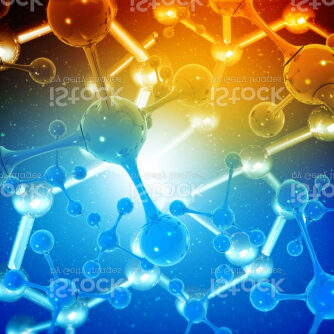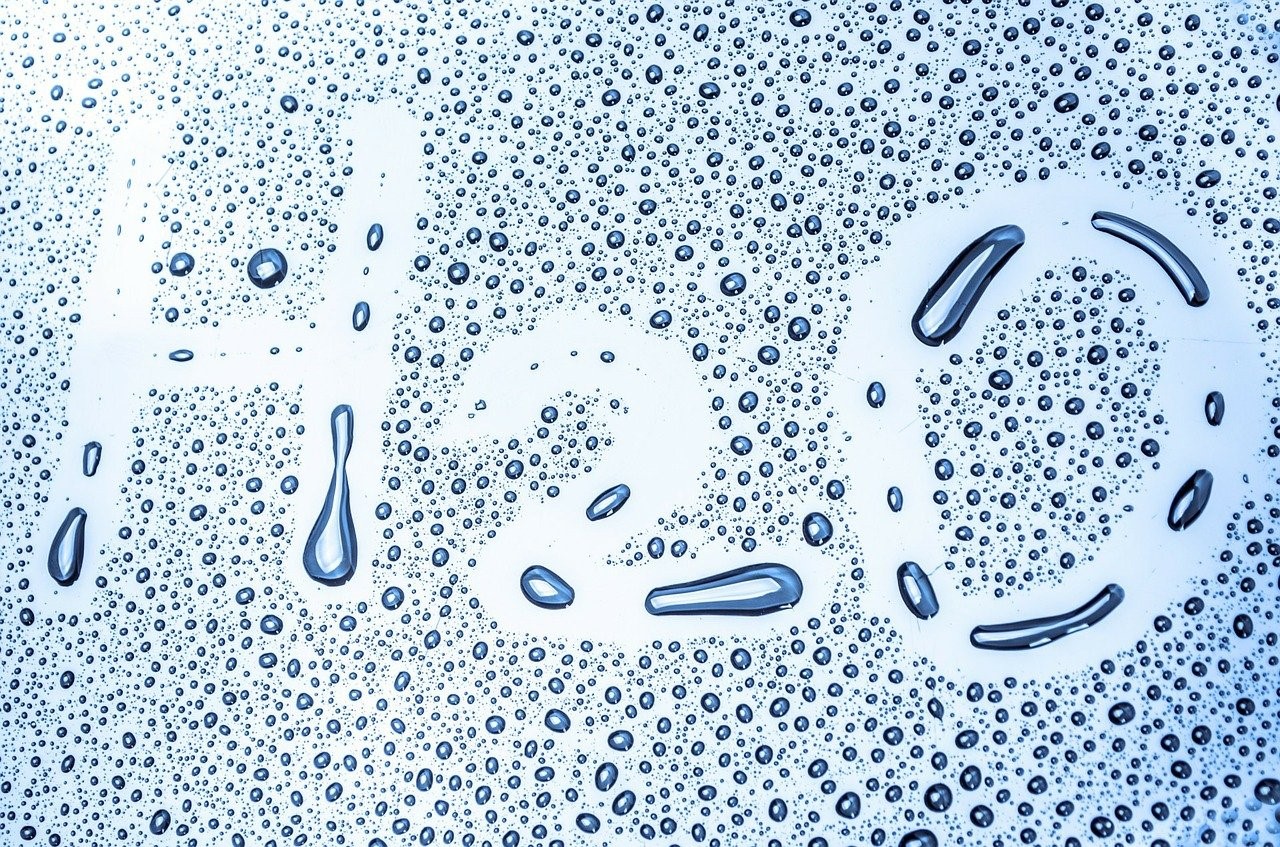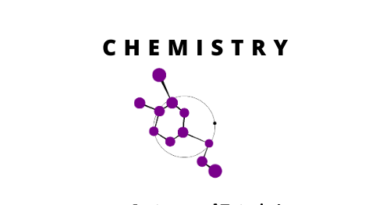Physical chemistry
Physical chemistry |Definition and introduction
Physical chemistry is used throughout all areas of chemistry, and this makes it very important even in its simplest form. This involves some mathematical principles, but your knowledge of general chemistry must be good for you to start well. Topics in physical chemistry includes but is not limited to :
Thermodynamics
Kinetics
Quantum chemistry
Thermodynamics
This deals with bulk effects of interactions within particles of a system and the surroundings. This usually occur through equilibrium and non-equilibrium processes as well as reversible and non-reversible processes. The bulk effects of this can be measured in the form of power, energy, work or force. And the system can be solid, liquid or gas or any other state of matter.
There are other branches of chemistry that relates to thermodynamics; these are statistical thermodynamics and electrochemistry.
A reversible process or state is the bulk effect that can result in a change back to the original state. This can result in equilibrium states. Non-reversible processes do not achieve the original sate and they are not equilibrium.
It is good to make a quick review of general chemistry of units and fundamental principles. However, I have started with some basic equations to help understand derivations.
Work and EnergyForce = mass x Acceleration = Newton = mass x meter/s2 Velocity = distance/time = Meter/second Pressure = Force / Area = Newton/meter2= Pascal Work=Force x distance Energy = joules = pressure x volume = (newton/meter2) x (meter3 ) = Nm = (mass x meter / s2) x meter = mass x (meter2)/s2 =kg m2 /s2 Power = Work x distance = Joules x meter = Watts |
Differential work equations : PV
A change in a process or the amount of substance can be shown by a differential delta Δ or d . However , one property can be kept constant and the other is allowed to change.
The process that changes will have Δ or d in front of the term.
For example work done by change in gas pressure (P) in a container of volume (V).
W = d(PV) = PdV + VdP………………………………1
PdV = Work done at constant pressure
VdP= Work done at constant volume. This can be 0 or not depending on the system
Work can be done by the system and this is usually positive work. For instance, if an inflated car tire does work to hold a car up. The work done is positive. and work in done by the gas system to lift the car up. However if the tire is deflated and air goes out of the car the opposite occur because work is done by the surrounding on the tire and the tire deflates. The same occur when work is done by air to change the volume of a balloon and then work done by surroundings force when the balloon deflates and shrinks.
In each case both pressure and volume changes and we can simplify things by saying that inflating the system with air is reversible equilibrium process. However ,the deflated system where the air was flowing freely is non-reversible . There are other system such as osmosis that can be non-reversible equilibrium system.
Chemical Kinetics
Chemical kinetics deals with change in time involved in a chemical reaction. However , this examines details of the intermediate states or steps involved in a chemical reaction. This also deals with the conditions of the chemical reaction such as temperature and phase . Phase of a reaction refers to whether the reaction is in gas phase , solid or liquid phase.
The change in amount of reactants or products with respect to time. A + B = C
Change in amount of A and B with respect to time is – ΔA /Δt = Rate of reaction . The negative sign means A reactant disappear with time.
Therefore – ΔB /Δt = Rate of reaction and
+ ΔC /Δt = Rate of reaction . This has positive sign because C product increases with time
In a smaller microscopic change , delta Δ changes to d . Therefore – ΔA /Δt = –dA/dt
Quantum Chemistry
Quantum Chemistry refers to application of the principles of quantum physics in chemistry. It deals with the electrons within atoms of molecules and how it affects the physical and chemical characteristics of compounds. This involves interactions of electromagnetic energy with the electrons in atoms of molecules and how the effect this produces that can be measured and used to predict experimental results and properties of compounds. It shows that electrons in orbitals ( s, p, d, f , g) can be described by well-defined mathematical formula called wavefunctions. This is also used to describe the energy state of a system such as excited or ground state of molecules or atoms in a compound. In effect, every behavior of an atom or molecule that is induced by electromagnetic energy can be analyzed or measured in quantum chemistry.




